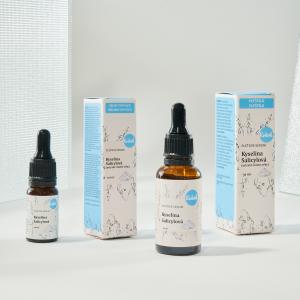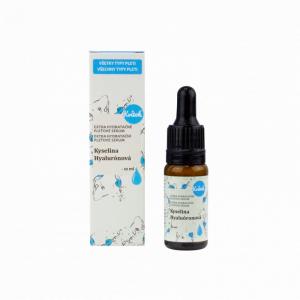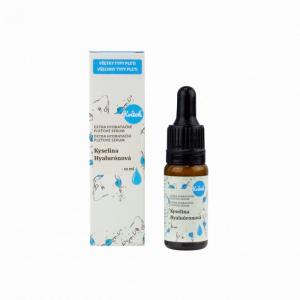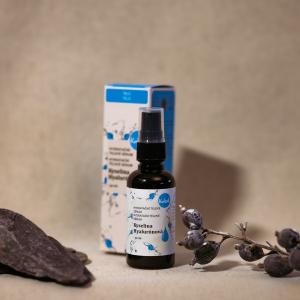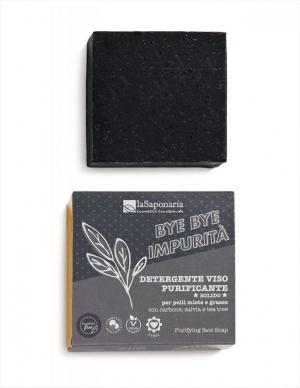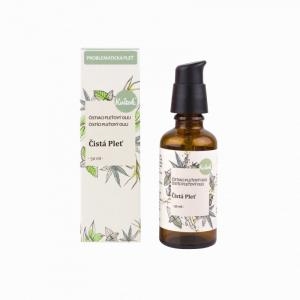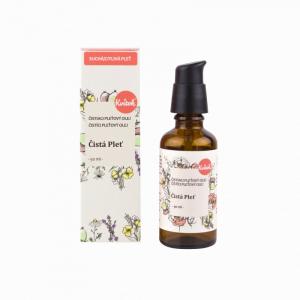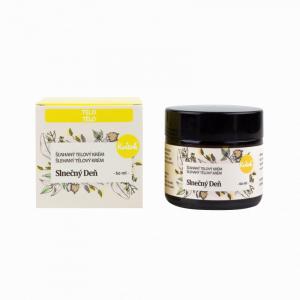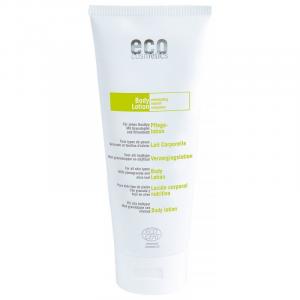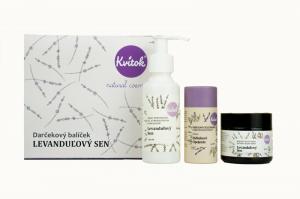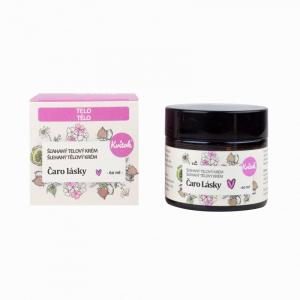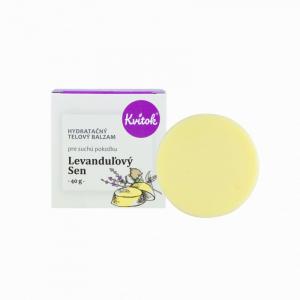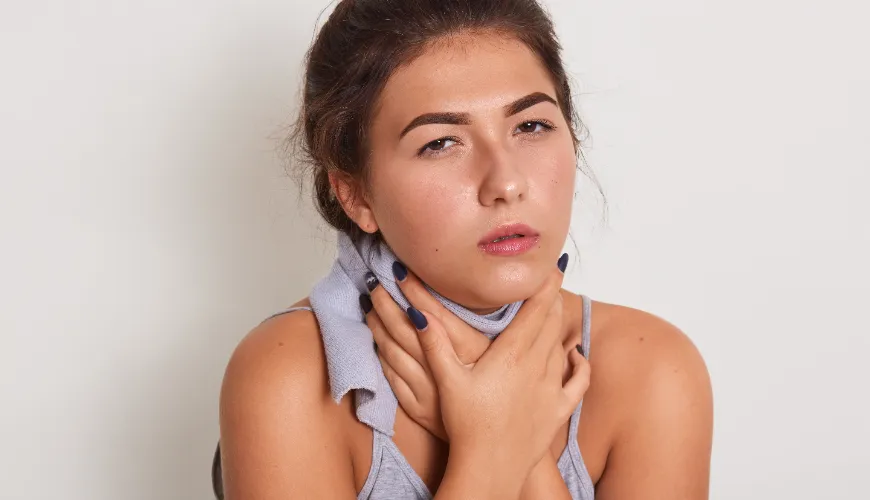
Hormonal acne and ways to treat it

Hormonal acne is a problem that affects many women and men at various stages of their lives. While teenage acne is often associated with adolescence, hormonal acne can persist or appear in adulthood. What actually causes hormonal acne and how can one successfully combat it?
What is hormonal acne?
Hormonal acne is a type of acne that is caused by changes in hormonal levels in the body. These changes can occur due to menstruation, pregnancy, menopause, or the use of hormonal contraceptives, but they can also have a number of other causes affecting both women and men. Hormonal acne most commonly appears on the lower part of the face, including the jawline and chin, but it can also occur on other parts of the body.
How to recognize hormonal acne?
There are several key signs that may indicate you are suffering from hormonal acne. The first is location. Hormonal acne often appears on the face, particularly in adults on the jawline and chin. If you have breakouts specifically in these areas, it may be a sign that it is hormonal acne. Another indicator is timing. Hormonal acne in women often comes and goes in sync with the menstrual cycle. If you notice that your acne worsens before your period and then improves again, it is likely that you are dealing with hormonal acne. However, the menstrual cycle is just one of the possible causes. We will address other causes in the following section.
Try our natural products
The third key sign is the type of pimples. Hormonal acne is often deeper and more painful than regular acne. It may manifest as cystic acne, which is harder to treat and often leaves scars. This type of acne differs from surface-level pimples that are common in other forms of acne. Therefore, if you have deep, painful pimples that leave scars, it is likely that you are suffering from hormonal acne.
What causes hormonal acne?
The main culprit of hormonal acne is increased androgen production, which are male hormones that stimulate sebum production. Too much sebum can clog pores and lead to acne. Increased androgen production can be caused by several factors, which it is important to identify for effective treatment of hormonal acne.
Try our natural products
One of the most common triggers for increased androgen production is menstruation. Hormonal fluctuations before and during menstruation can lead to an increase in acne. Many women notice that their skin worsens during these times of the month, indicating a direct correlation between menstrual cycles and the occurrence of acne.
Another significant factor is pregnancy. Hormonal changes during pregnancy can also cause acne outbreaks. Increased levels of various hormones during this time can lead to excessive sebum production and subsequent clogged pores.
The third factor is hormonal contraception. Some types of hormonal contraceptives can increase androgen levels, which may lead to acne formation. It is important to consult with a doctor when choosing an appropriate contraceptive that will not negatively affect your skin condition.
The last, but not least factor is stress. Cortisol, known as the stress hormone, can also increase androgen production. Chronic stress can thus have a direct impact on worsening skin and the occurrence of acne.
Understanding these triggers is key to effectively combating hormonal acne. Identifying the specific trigger and subsequently adjusting lifestyle or treatment can lead to the restoration of hormonal balance, significant improvement in skin condition, and overall health.
Try our natural products
How to treat hormonal acne?
Treating hormonal acne can be challenging as it requires addressing underlying hormonal imbalances. However, there are several ways you can address this issue and achieve better skin condition. The first step may be hormonal treatment. A doctor may prescribe hormonal contraceptives or anti-androgens that help regulate hormone levels in the body. This approach can be very effective, especially if hormonal imbalance is the main trigger of your acne.
Another option is topical treatment. Products containing benzoyl peroxide, salicylic acid, or retinoids can help keep the skin clear and reduce acne occurrence. These ingredients act directly on the surface of the skin, helping to remove dead skin cells, open clogged pores, and prevent the formation of new pimples.
Changes in lifestyle and diet can also have a significant impact on your skin condition. Reducing sugar and dairy intake, increasing your intake of omega-3 fatty acids, and regular exercise can help keep your skin healthy. A healthy diet and active lifestyle promote overall health and can contribute to reducing hormonal fluctuations.
Try our natural products
Finally, it is important to focus on stress management. Practices such as meditation, yoga, or mindfulness can help reduce stress levels and thus cortisol production, which is a hormone that can worsen acne. Reducing stress can therefore have a direct positive impact on your skin.
A combination of these approaches may be the key to successfully treating hormonal acne and achieving healthier and clearer skin.
Is it possible to completely get rid of hormonal acne?
This is a question that many people suffering from this type of acne ask. The truth is that hormonal acne can be difficult to completely cure, but with appropriate care and treatment, significant improvement can be achieved. The key is patience and consistency in skincare and a healthy lifestyle.
Hormonal acne can be frustrating and challenging to treat, but it is important to remember that you are not alone and that there are ways to combat it. Many people struggle with this problem, and there are many resources and experts who can help you. Remember that healthy skin starts from within—taking care of your body, mind, and hormones is the best step towards achieving clear and healthy skin. It is important not to lose hope and also to consult your issues with a specialist who can help you find the best treatment for your specific case.
